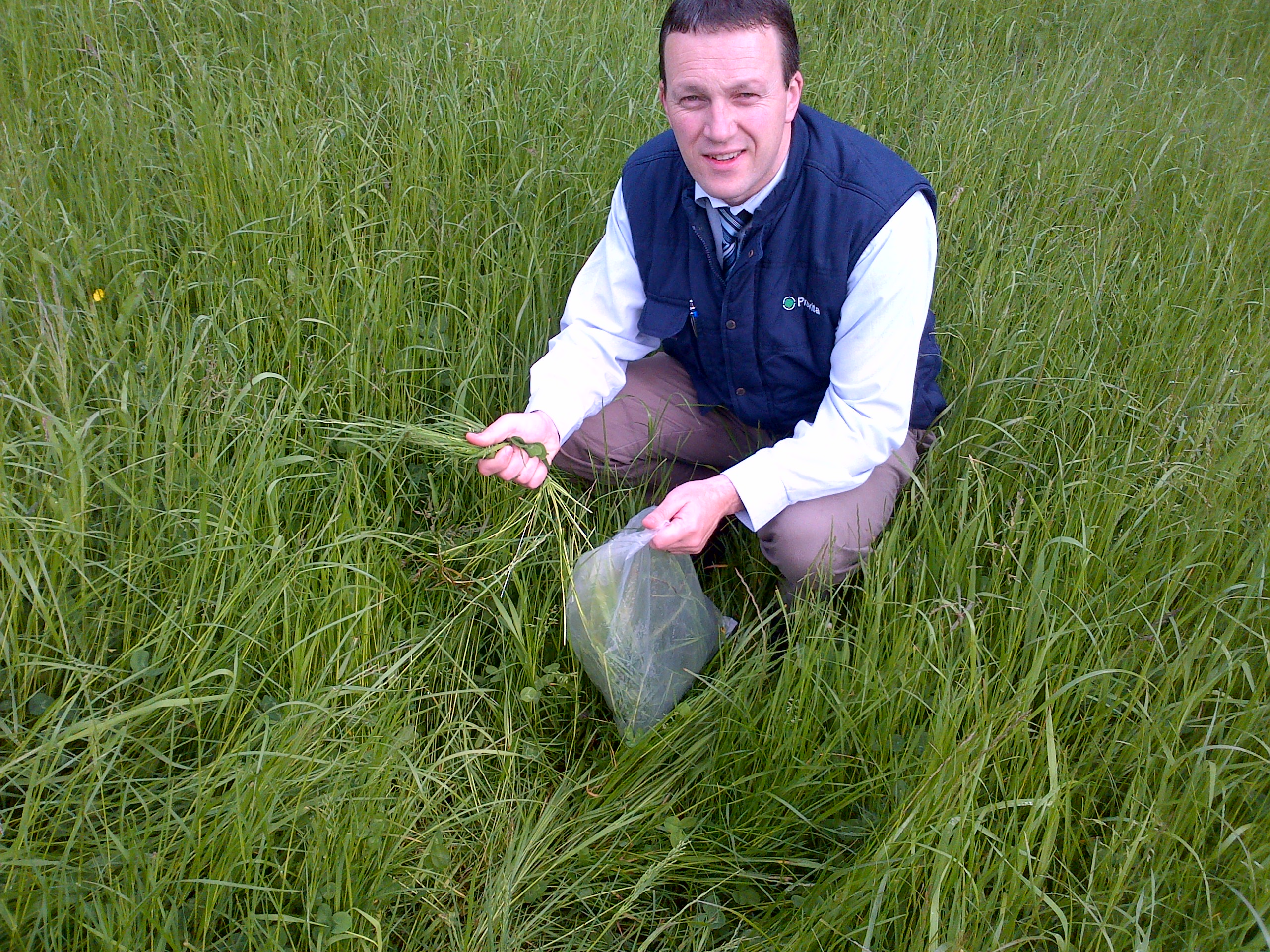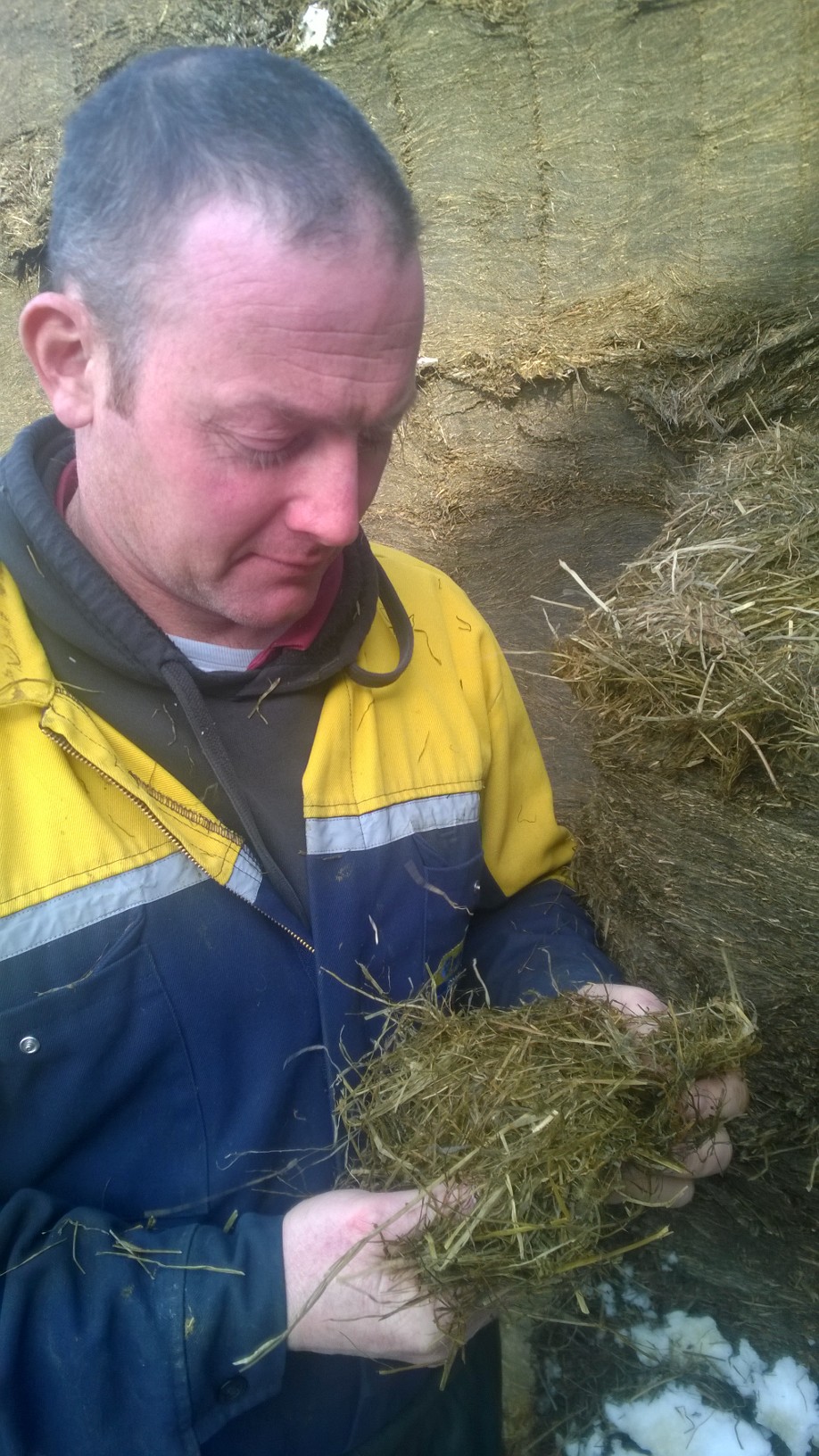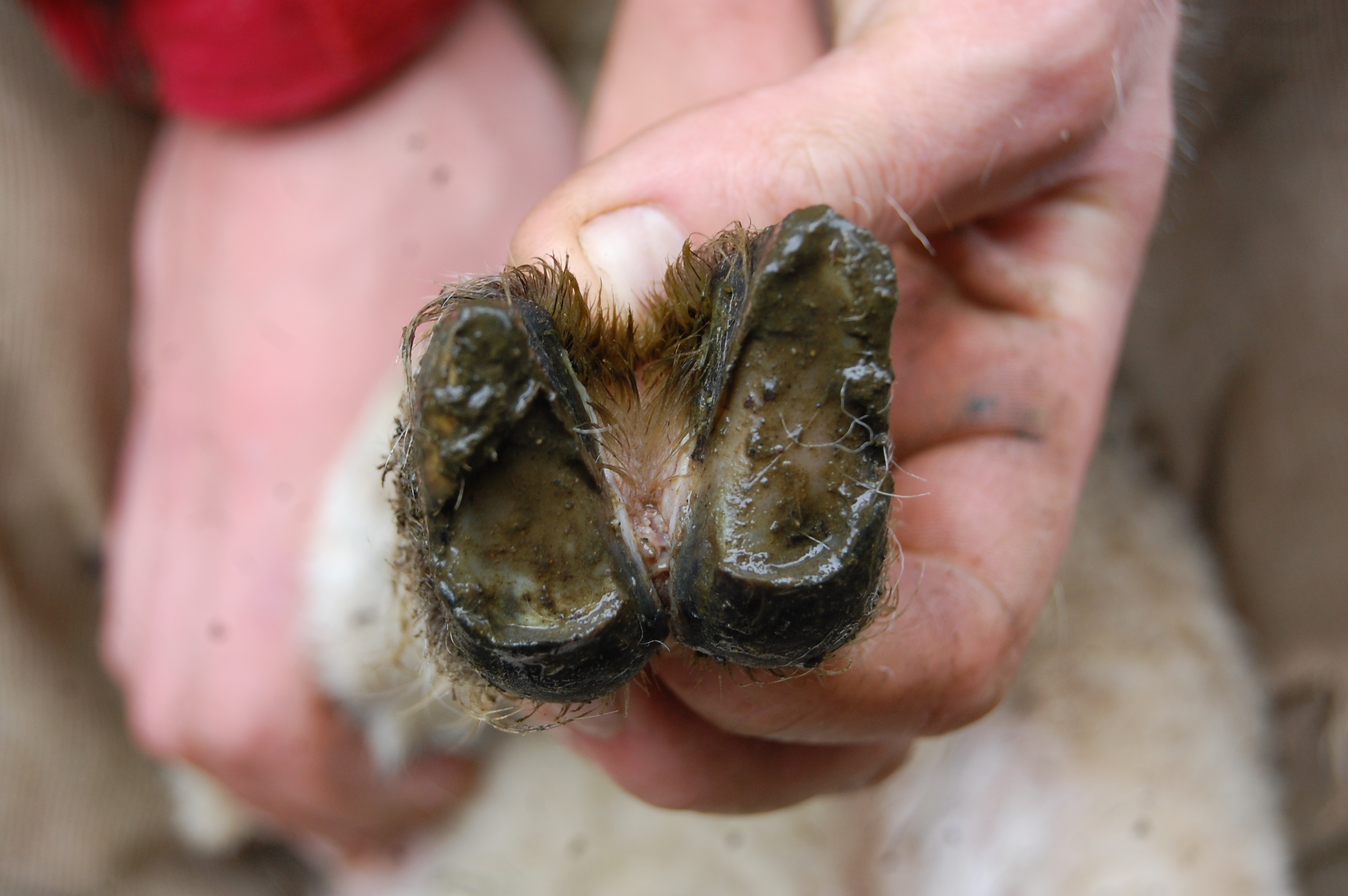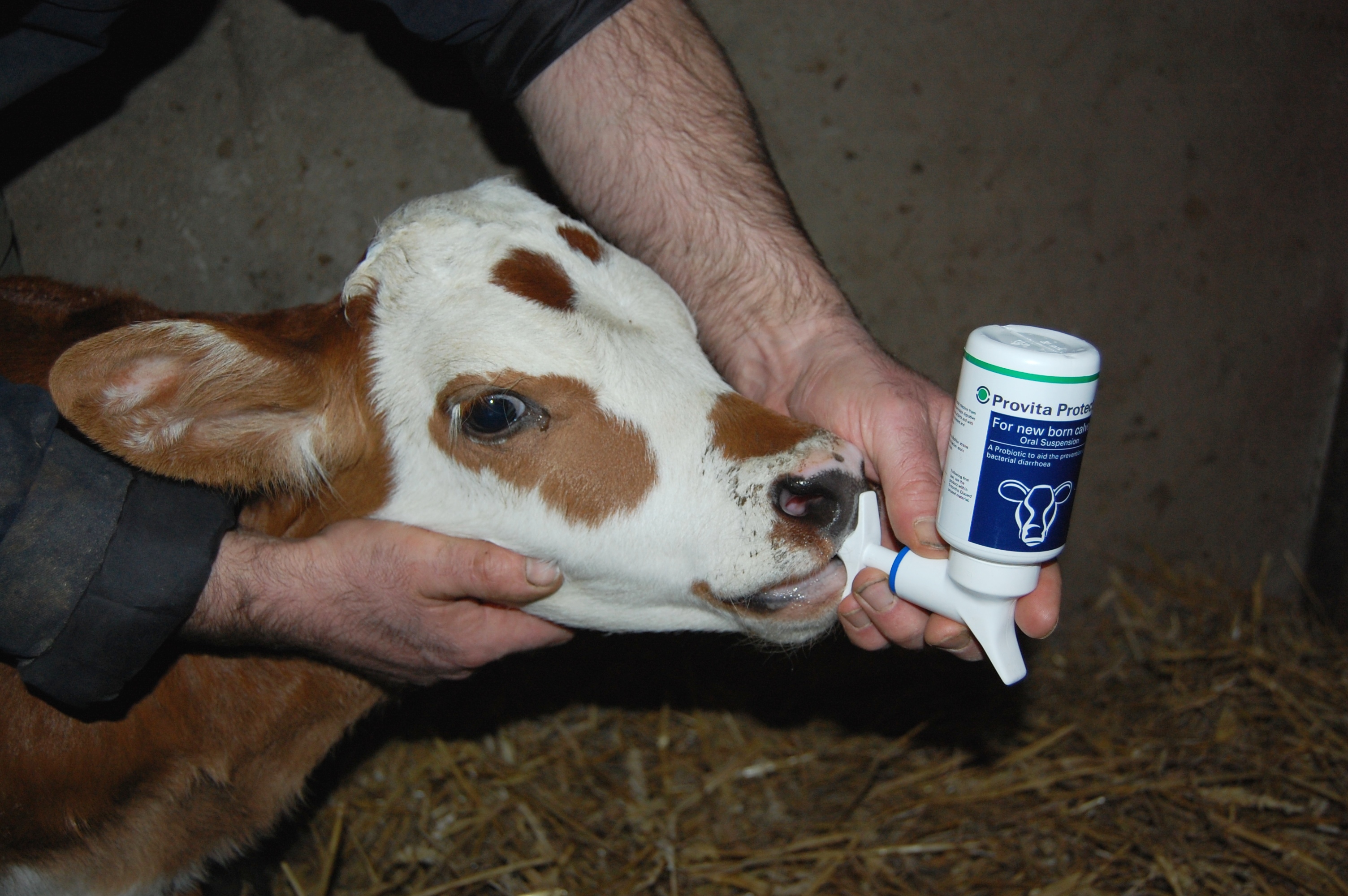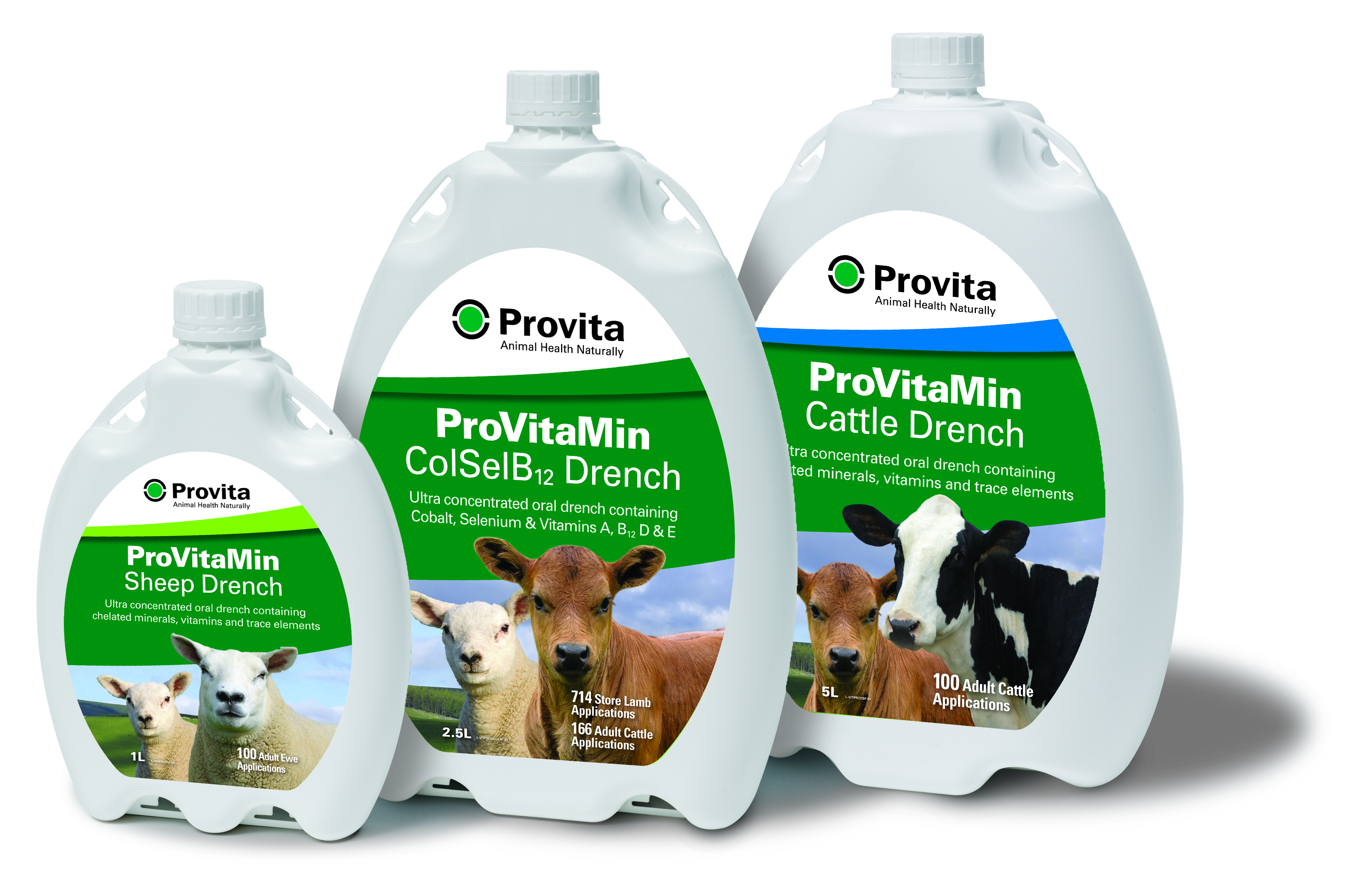Yes the weather has turned that little bit cooler this week. But the warm sunny spell enjoyed by everyone during the first three weeks of April has ensured a good start to the 2015 grass growing season. As a consequence, those farmers keen to take a high quality crop of first cut silage over the coming weeks should have the opportunity of so doing.
However, Provita Tommy Armstrong cautioned “The now cool and showery weather means that the uptake of nitrogen will have slowed and even if it should be gone, i.e. 6 weeks after fertilizer has been applied, we would strongly advise testing it for nitrates. The reason for this is that if we experience a good growing period it can pull the nitrates levels in grass back up again. Having tested a lot of grass last year we seen nitrates levels fall then rise again, we offer grass testing as part of our support services for anyone using Advance+ silage inoculant.
